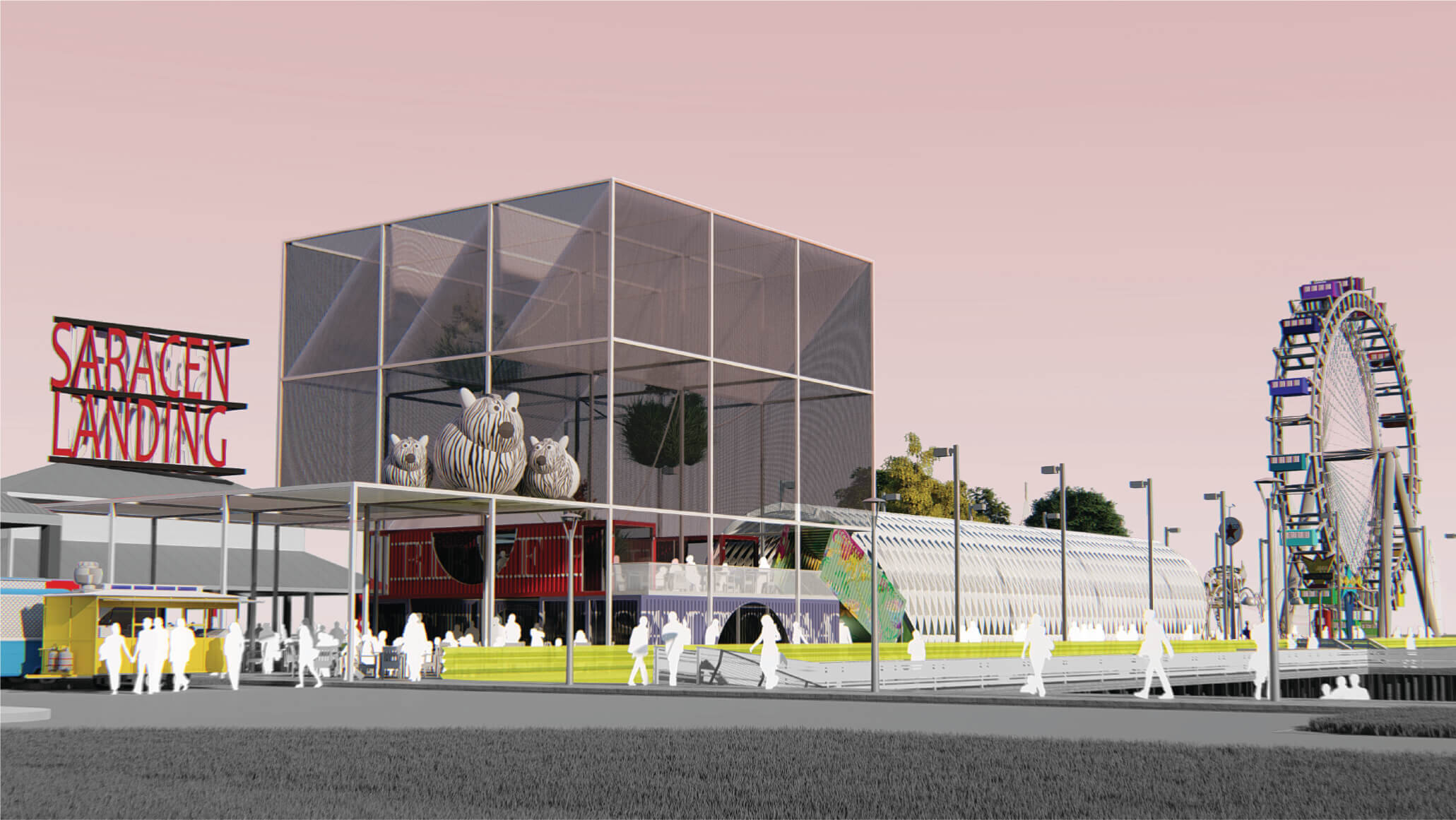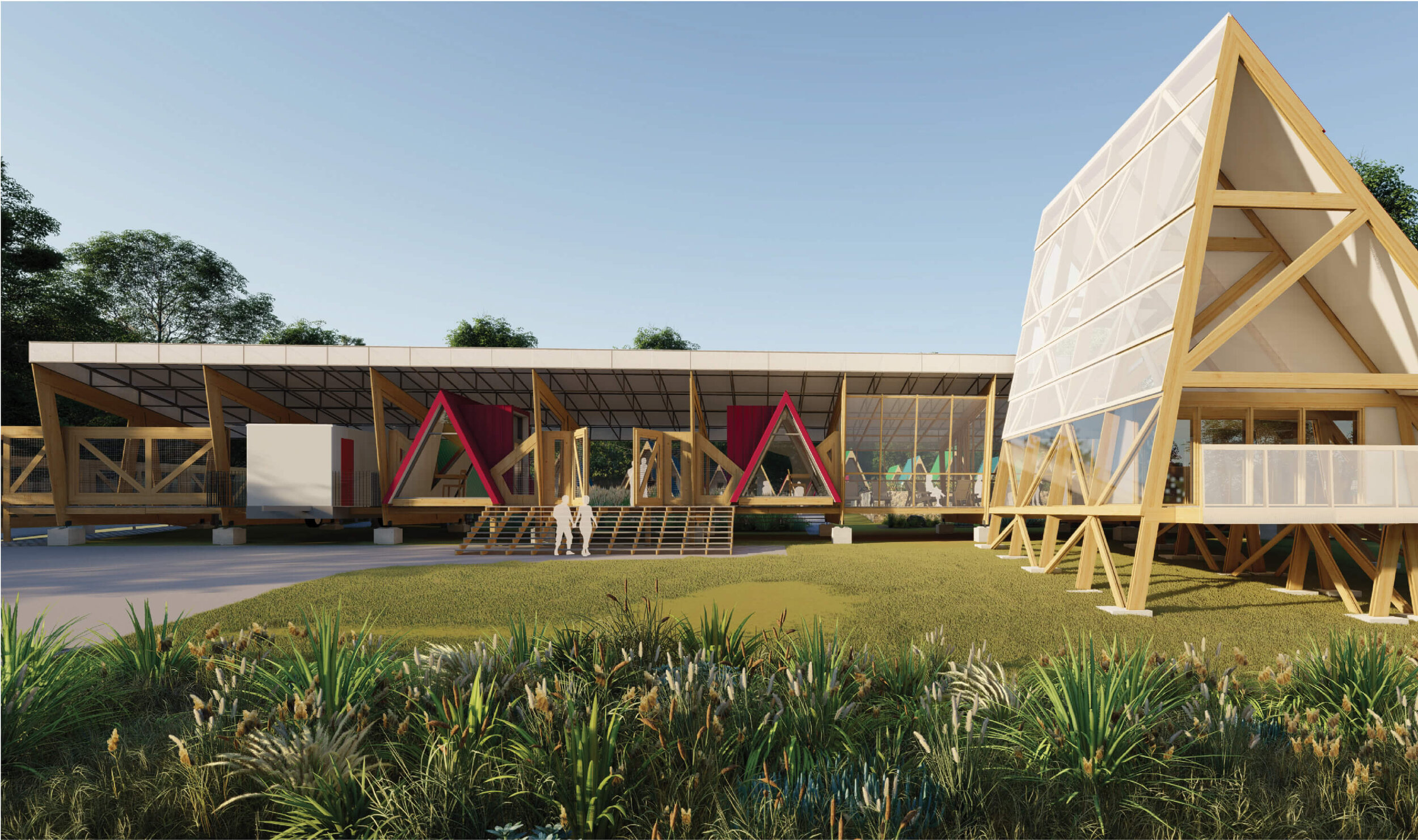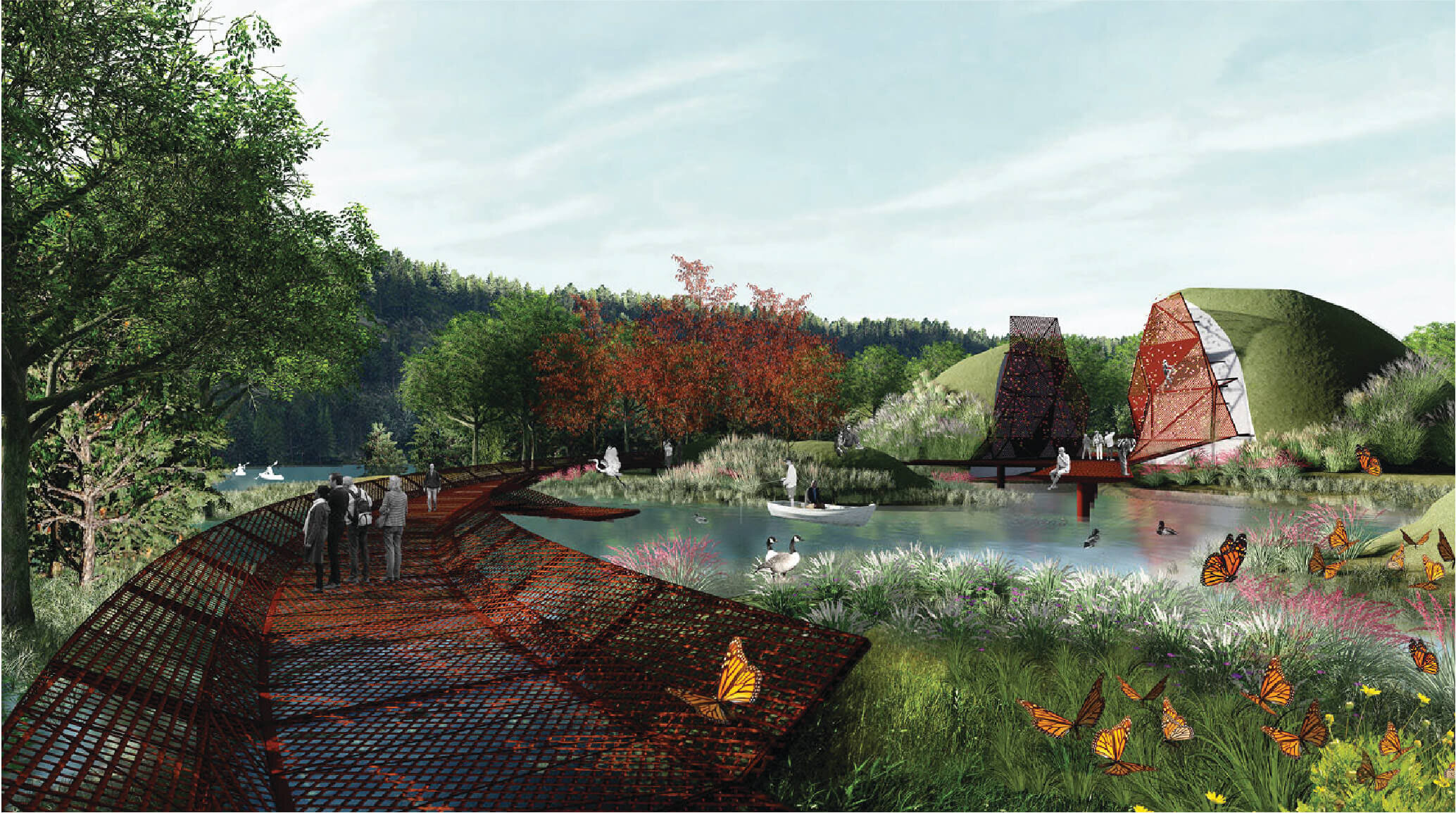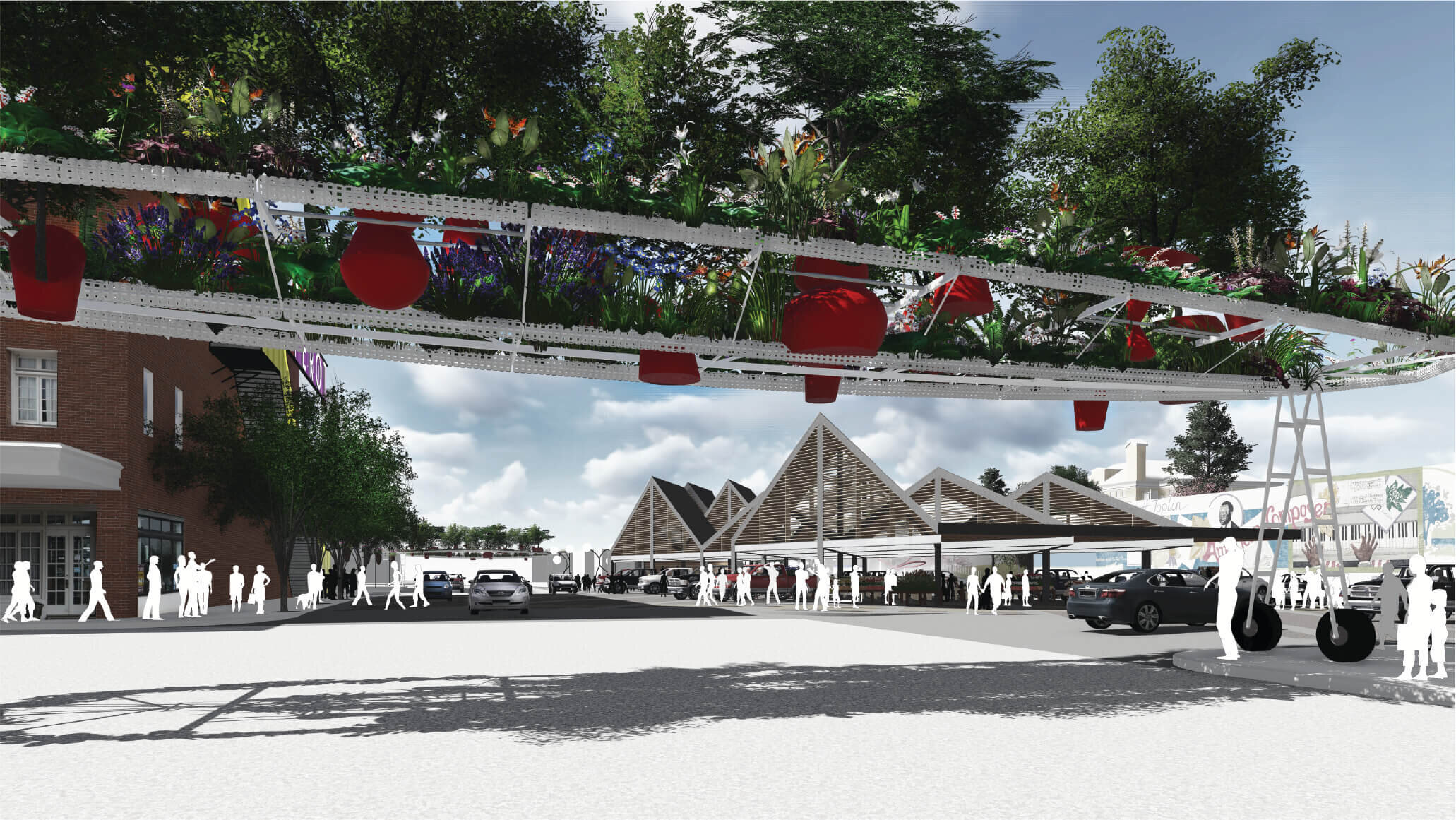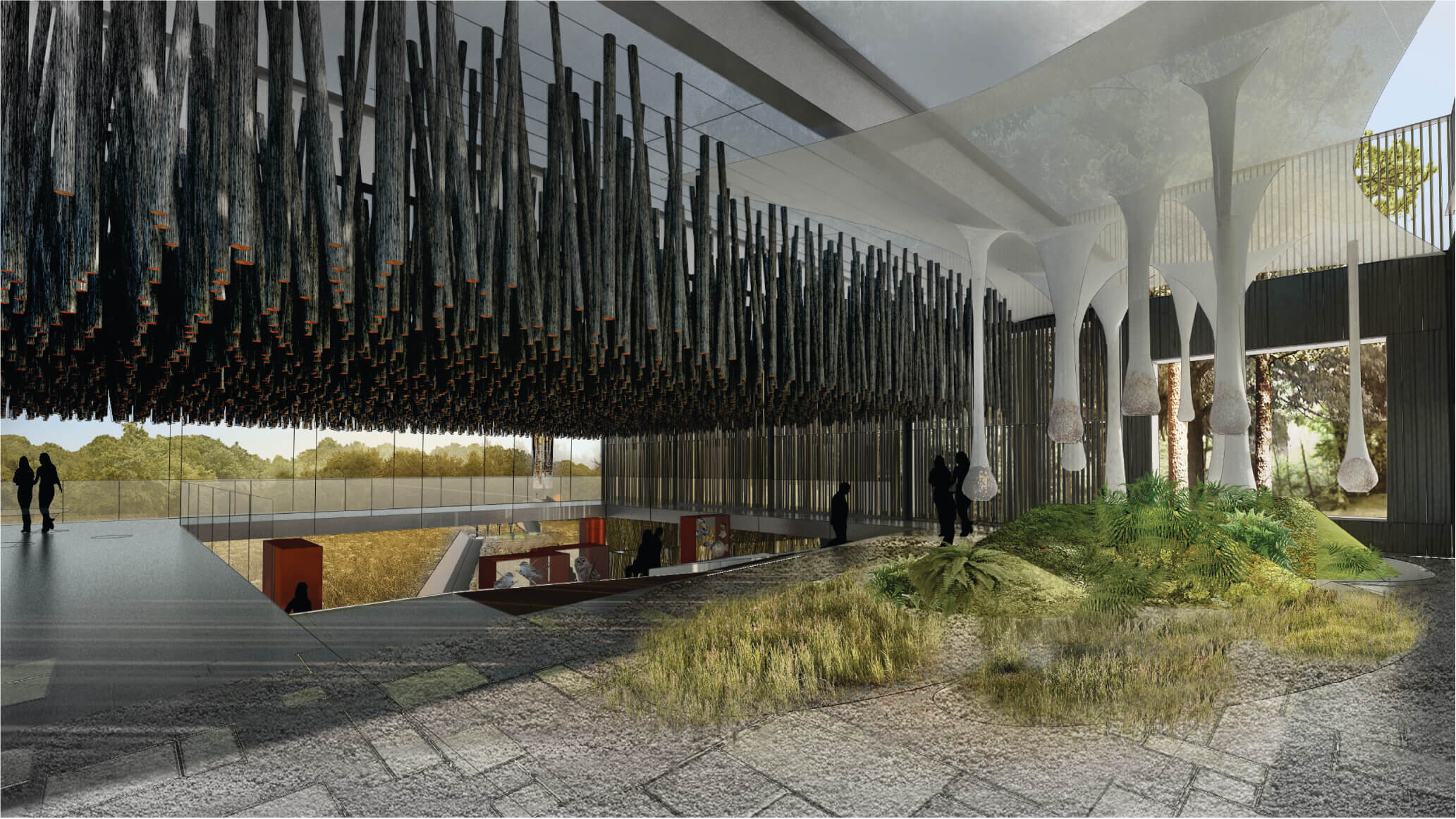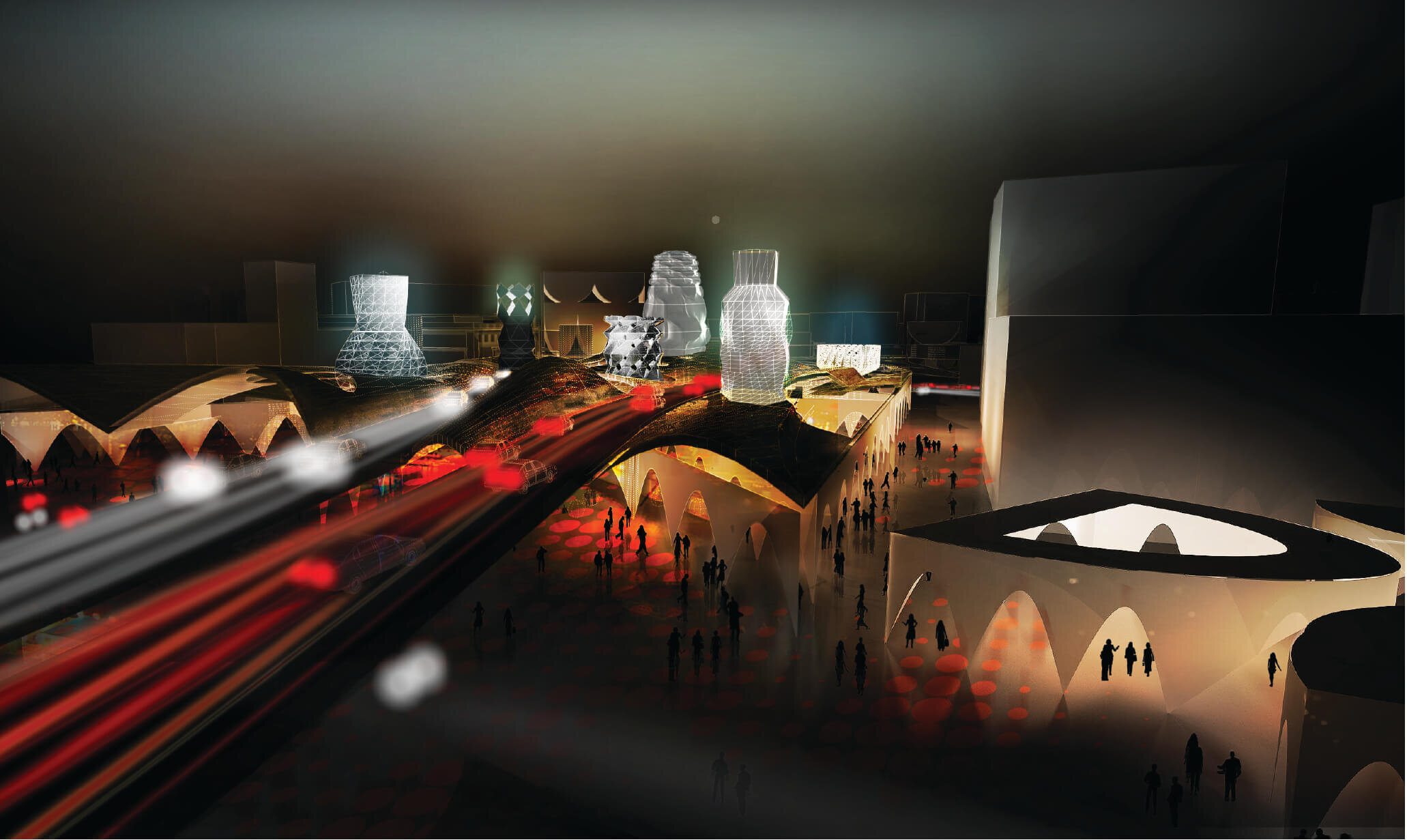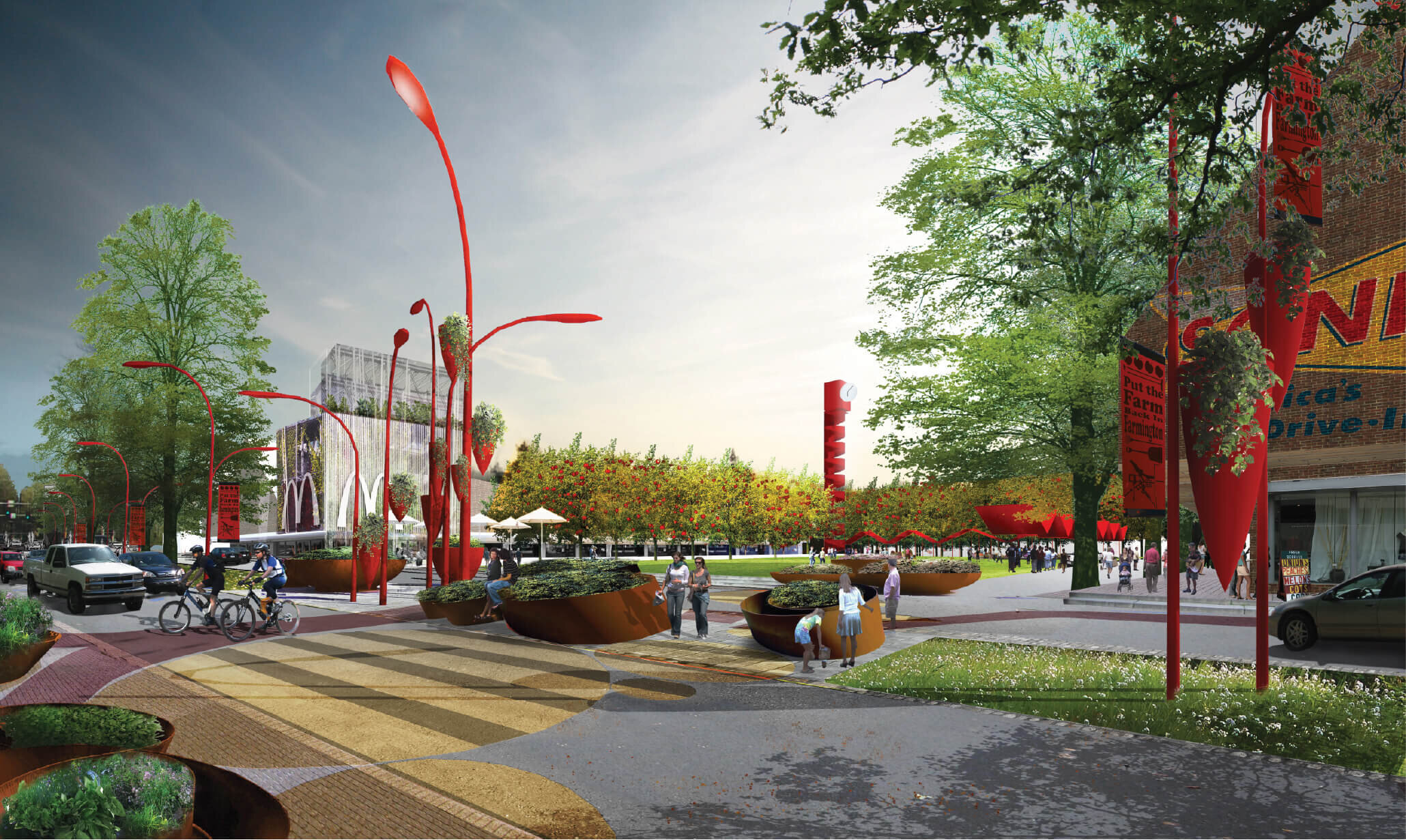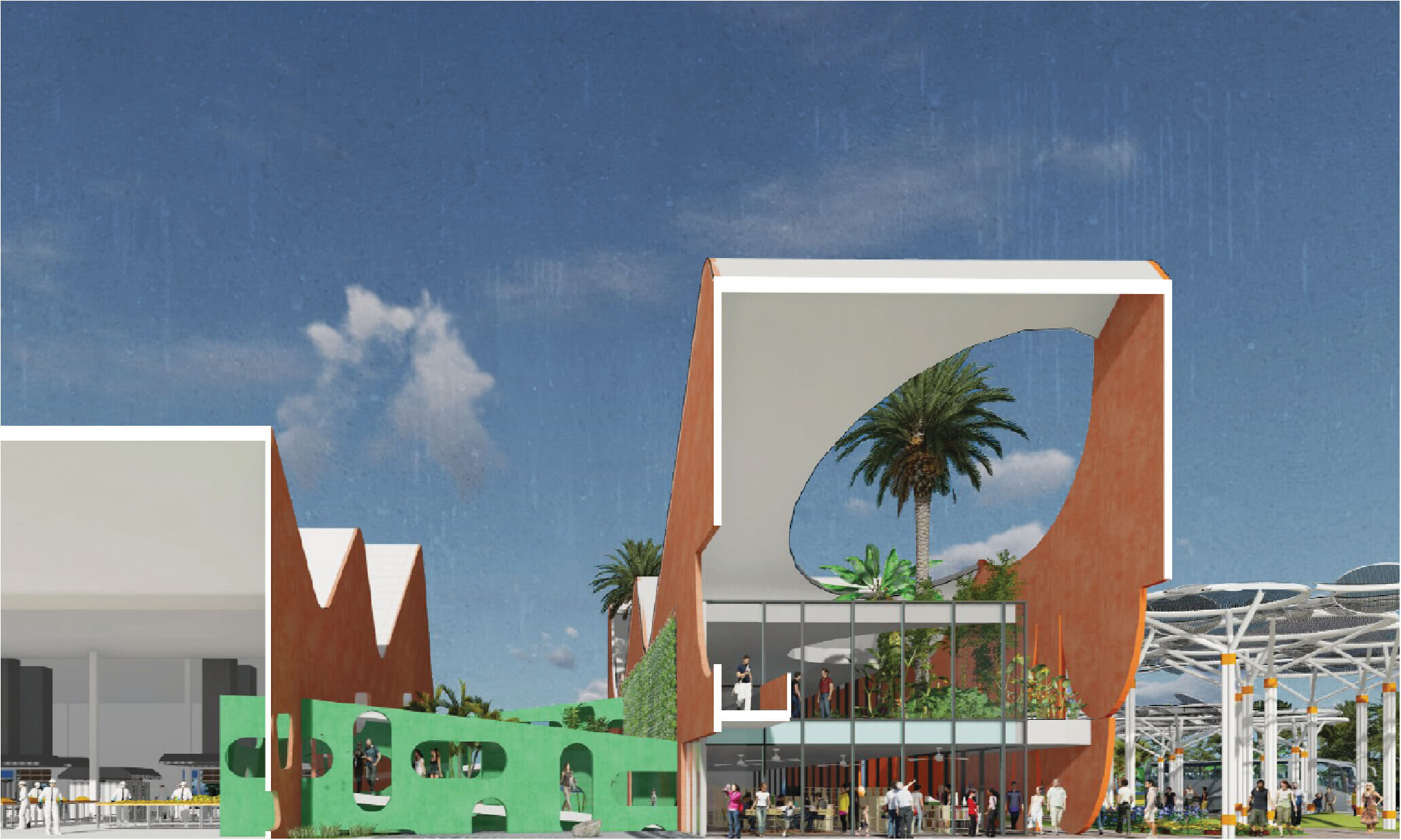
University of Arkansas Community Design Center
Fayetteville, Arkansas
“Irresistibly the festival penetrates each and every working day. Porosity is the inexhaustible law of the life of this city, reappearing everywhere [my emphasis]. A grain of Sunday is hidden in each weekday, and how much weekday in this Sunday!
. . . So the house is far less the refuge into which people retreat than the inexhaustible reservoir from which they flood out... Life bursts not only from doors, not only into front yards, where people on chairs do their work. Housekeeping utensils hang from balconies like potted plants. From the windows of the top floors come baskets on ropes for mail, fruit, and cabbage.
Just as the living room reappears on the street, with chairs, hearth, and altar, so, only much more loudly, the street migrates into the living room. Even the poorest one is as full of wax candles, biscuit saints, sheaves of photos on the wall, and iron bedsteads, as the street is of carts, people, and lights. Poverty has brought about a stretching of the frontiers that mirrors the most radiant freedom of thought. There is no hour, often no place, for sleeping and eating. . . . there is interpenetration of day and night, noise and peace, outer light and inner darkness, street and home.”
— Excerpts from “Naples”, Walter Benjamin and Asja Lacis Reflections: Essays, Aphorisms, Autobiographical Writings, Walter Benjamin
Naples holds a special place in philosopher Walter Benjamin’s topography of modernity chronicled through Paris, Berlin, Moscow, and Naples. Naples exemplifies the precapitalist city of porosity and deep social capital, a counter to the zoned organization of cities in advanced capitalist economies. Naples is everyone’s South, or the memory of a past South in both its magic and its hazards. Our work is deeply framed by this notion of porosity to overcome specialization, enclosure, and the cult of privatization that diminishes entire social lifeworlds. Cities of the South with less protest sponsor informality and its characteristic forms of entrepreneurialism that allows those with scarce resources to thrive. We aspire to solve for complexity through wit: connecting things that do not seemingly belong together to solve for multiplicity. Where the South is a mindset.
UACDC is focused on the public interest through development of eight models for reinventing the commons—agricultural urbanism, watershed urbanism, context-sensitive streets, big box urbanism, low impact development, transit-oriented development, affordable neighborhoods, and arboreal urbanism. Commoning is a social movement toward developing shared spaces and economies, usually in response to community resilience deficits like housing, aging, mobility, food insecurity, and flooding. Commons is the space of the vernacular or the informal, different from public space as projected by institutions. Ironically, the pragmatism in infrastructural work—whether formal or informal—easily segues into “strangemaking” or productive fusions of functionary components delivering combined social, economic, and environmental services.
